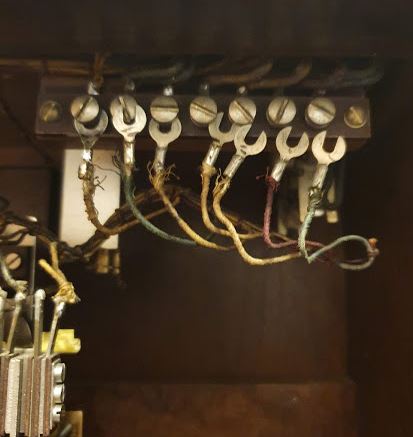For years I have been building PLL microwave frequency stabilizers using the marvelous Analog Devices ADF41020 circuit, however, while in all permanent installation there were never any issues, occasionally the inputs failed in my attenuator calibrator setup – essentially a set of two microwave receivers, a microwave source, and a ultra-precision directional coupler (Narda 5082) and a HP transfer switch.
A EIP counter is used to monitor the rough overall power level of the incident radiation, as well as to check the correctness of the frequency and providing the 10 MHz reference to the PLL system. Each PLL has a ADF41020 board as the key input element.
One day, I noticed some ground loop currents, and again, one of the boards failed. So I decided to dig into it and solve it once and for all. Strangely, the board of the generator had never failed.
Looking at the datasheet, there are input diodes that may be easily destroyed by DC current flowing into the ADF41020 RF input.
It can’t tolerate voltages below ground or above 3 V much, so it is quite clear that some ground loops or other potential shifts can destroy it.
Further investigation showed that the RF sample output of the Micro-Tel SG 811 generator actually is AC-coupled (there must be some decoupling within the directional coupler that is getting the signal out, or in the switch leading to the sample output – which is quite possible because there are PIN diode switches inside that normally need DC blocking caps to work). The Micro-Tel 1295 receiver however have the center pin of the RF sample output connected to ground via a 50 Ohms resistor at the other side of the directional coupler taking some power off the line. So it is at least clear that the DC current from the center pin caused the ADF41020 to fail. Easily solved, added some 2.2 pF microwave caps. These are tiny parts, 0402 size, and remarkably cheap for their performance.
Soldering needs a steady hand, and definitely you don’t want to put a lost of stress on the board, which is mounted by the SMA connector only. Probably it could be made more rigid with epoxy, but I rather like to treat such PLL equipment and microwave gear with great care, because these are solid structures, but don’t handle impact and bending well.
After put all back together, so far no failures at all.































































